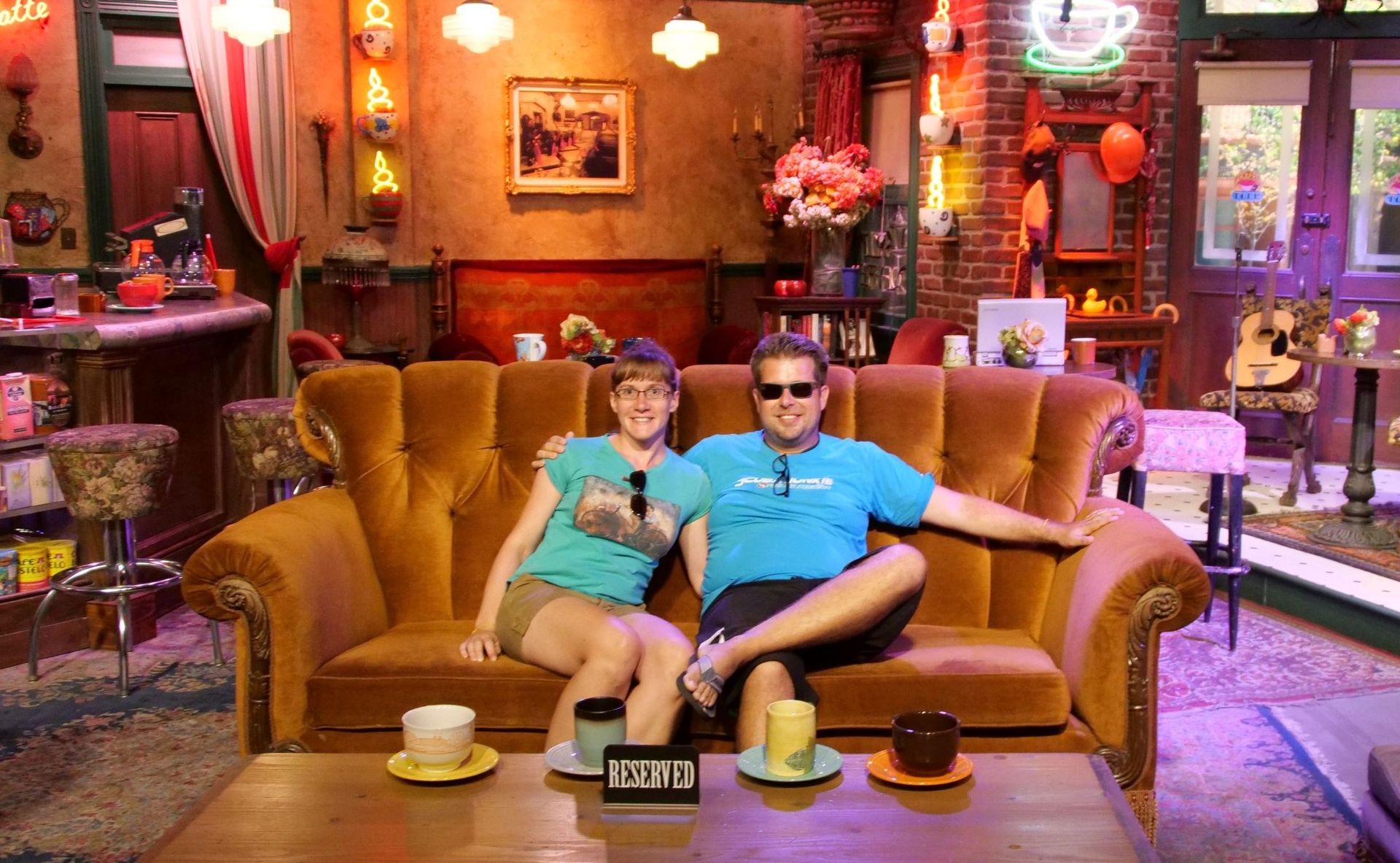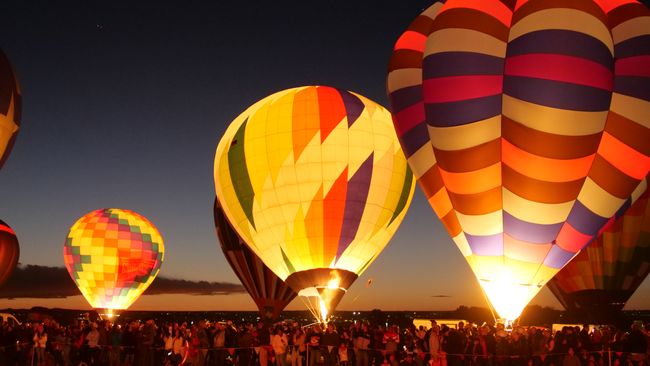
anne & ben um die welt
vakantio.de/anne_und_ben_um_die_welt
14/08/2022 - Stage 8 from Podgorica / Montenegro to Tirana / Albania (185 kilometers)
Нийтэлсэн: 16.08.2022

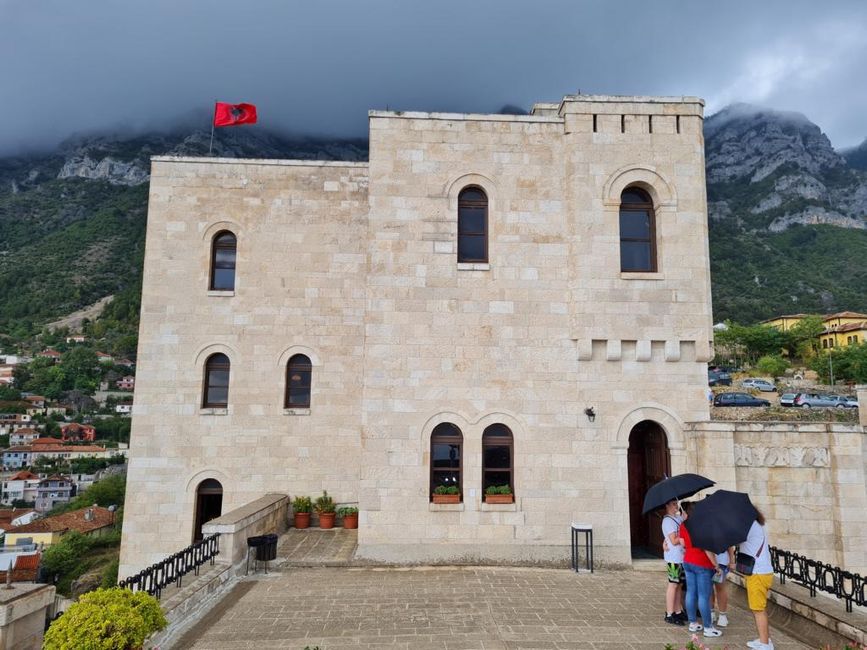
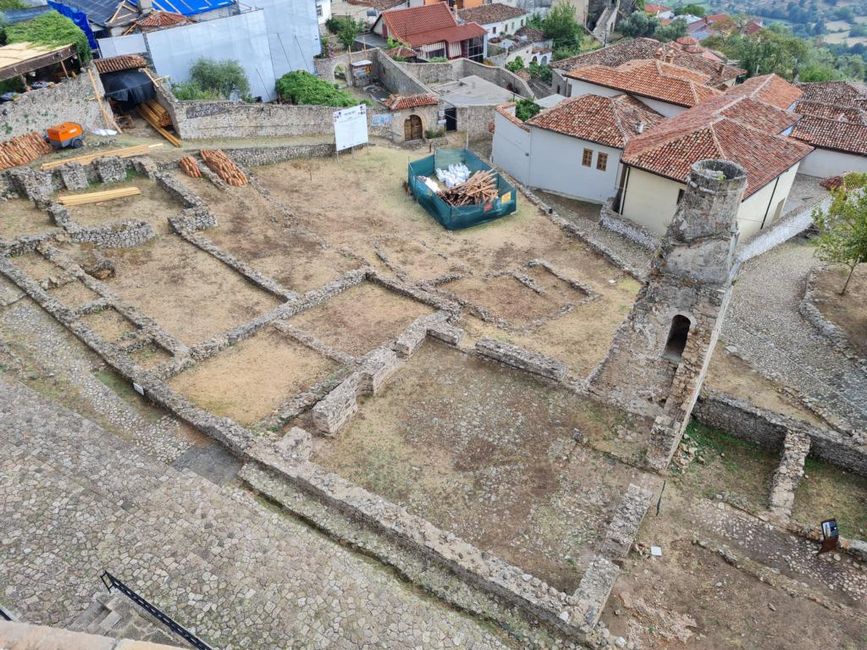
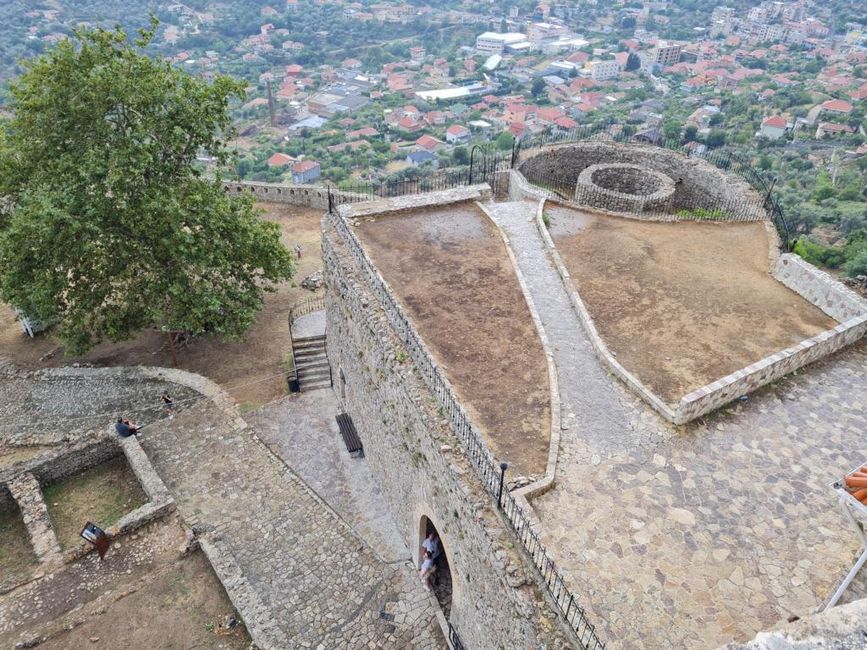
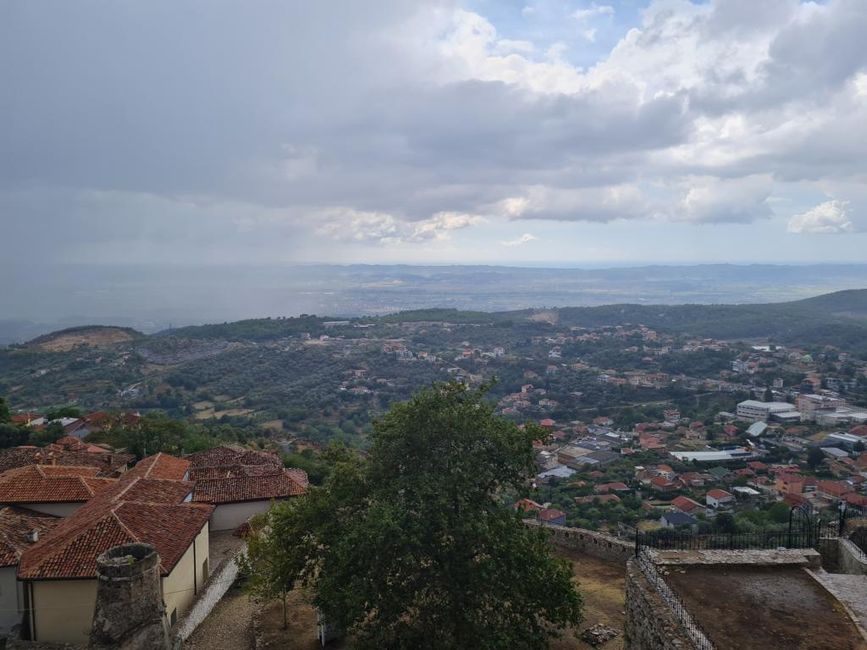
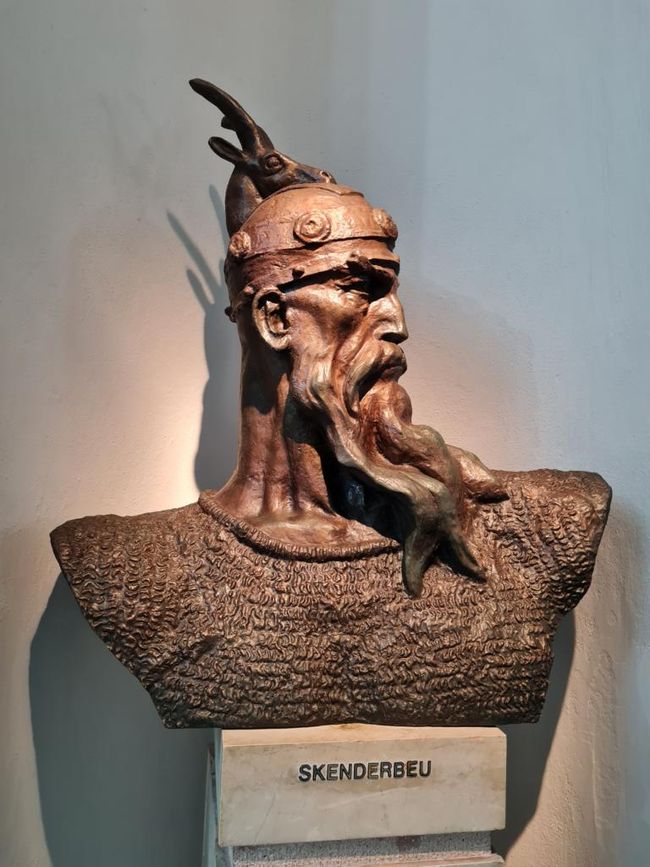
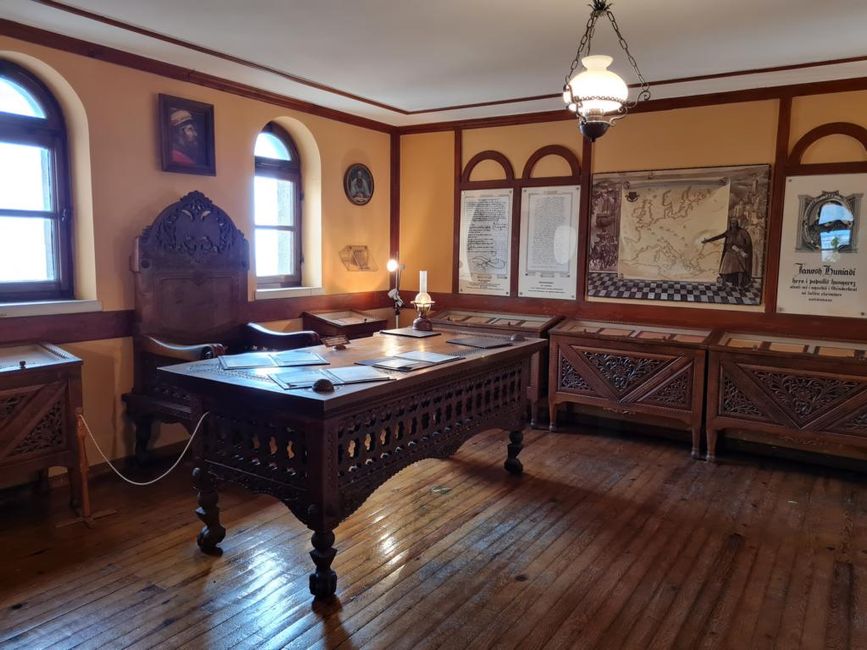
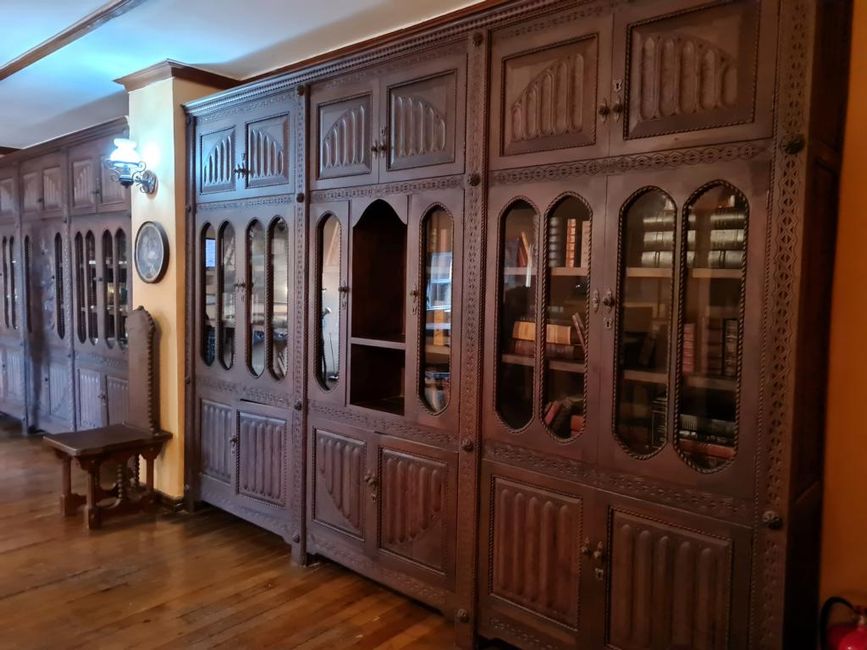
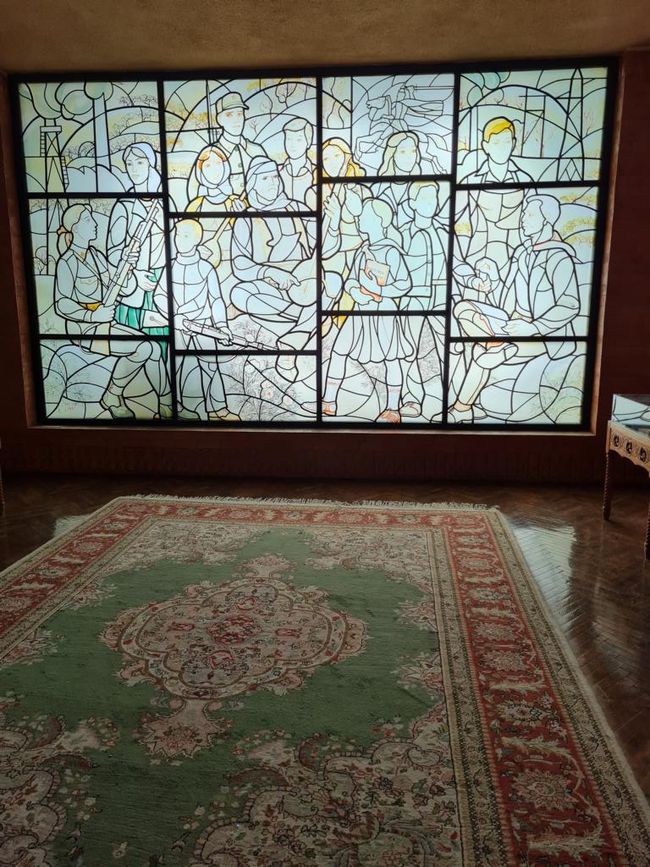
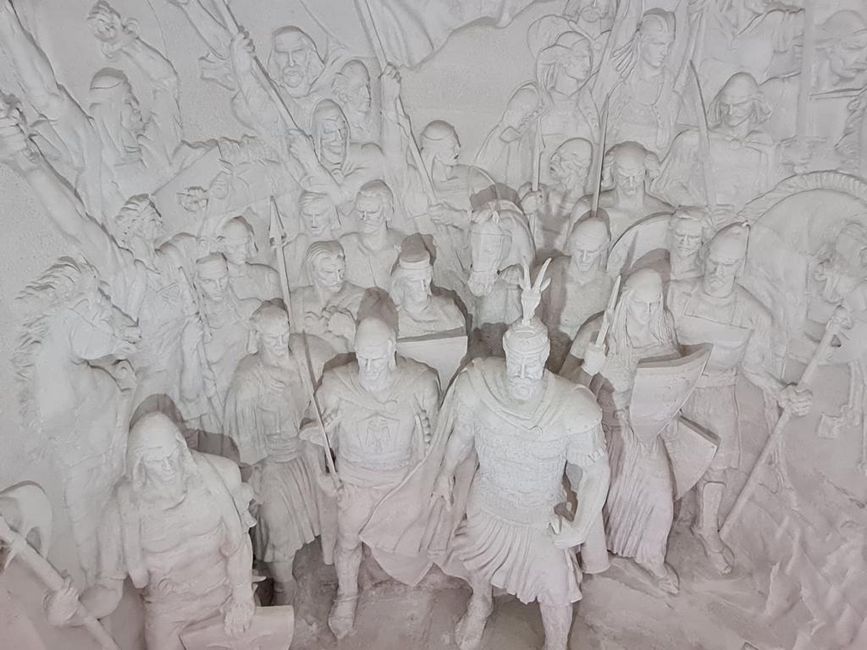
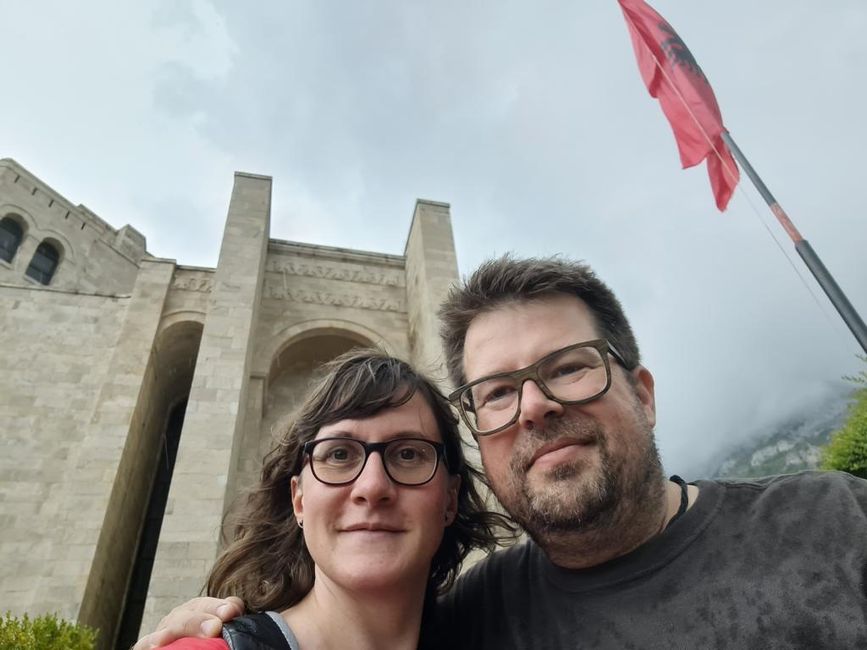
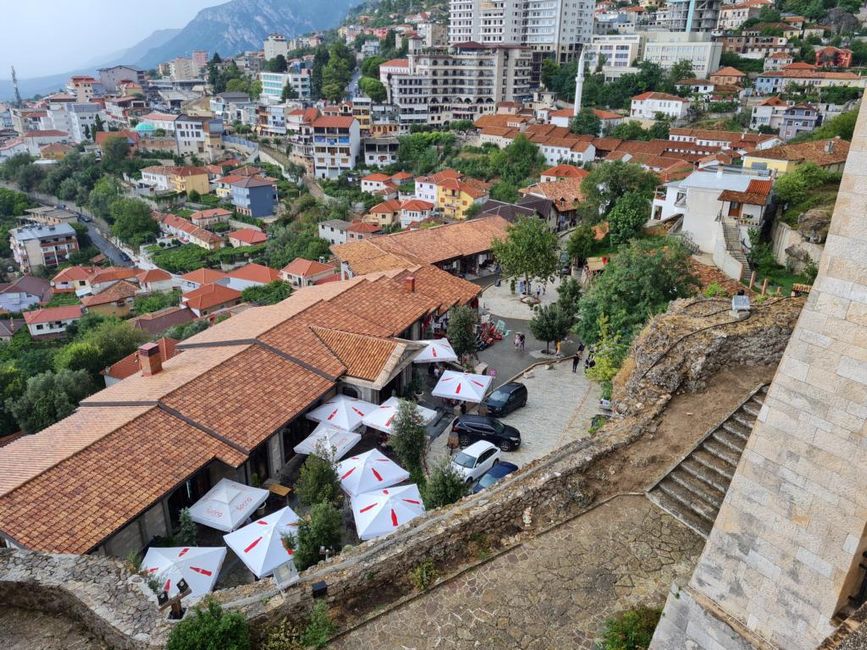
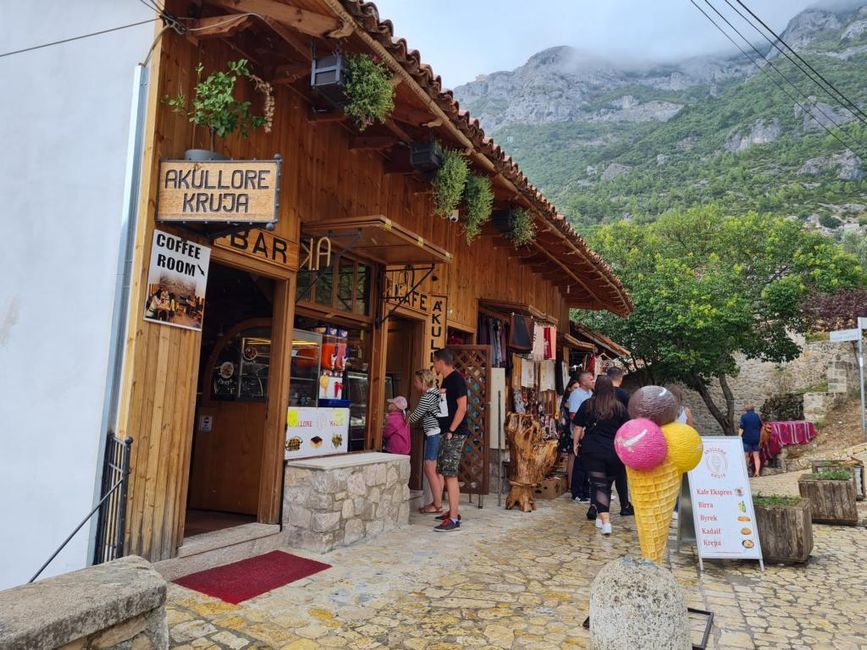
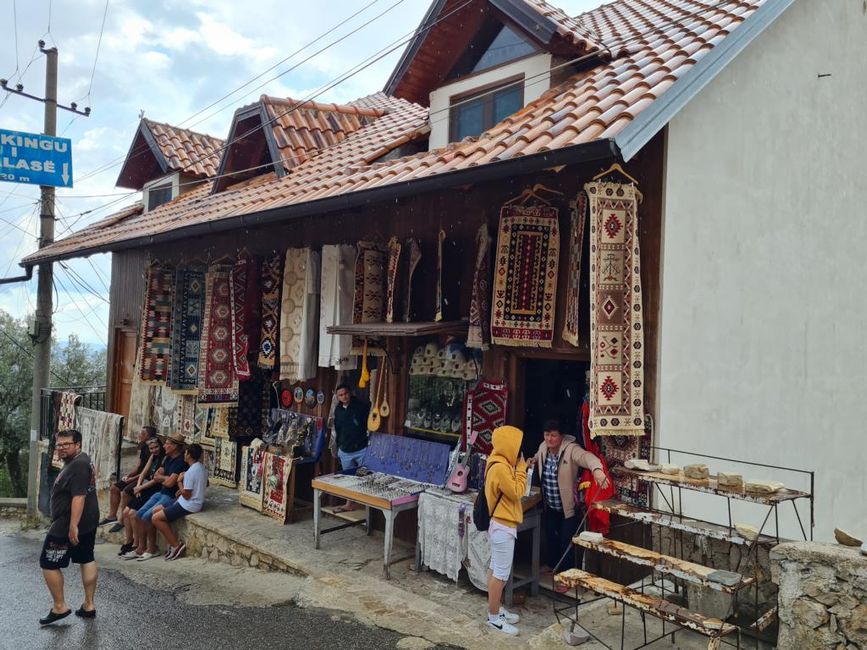
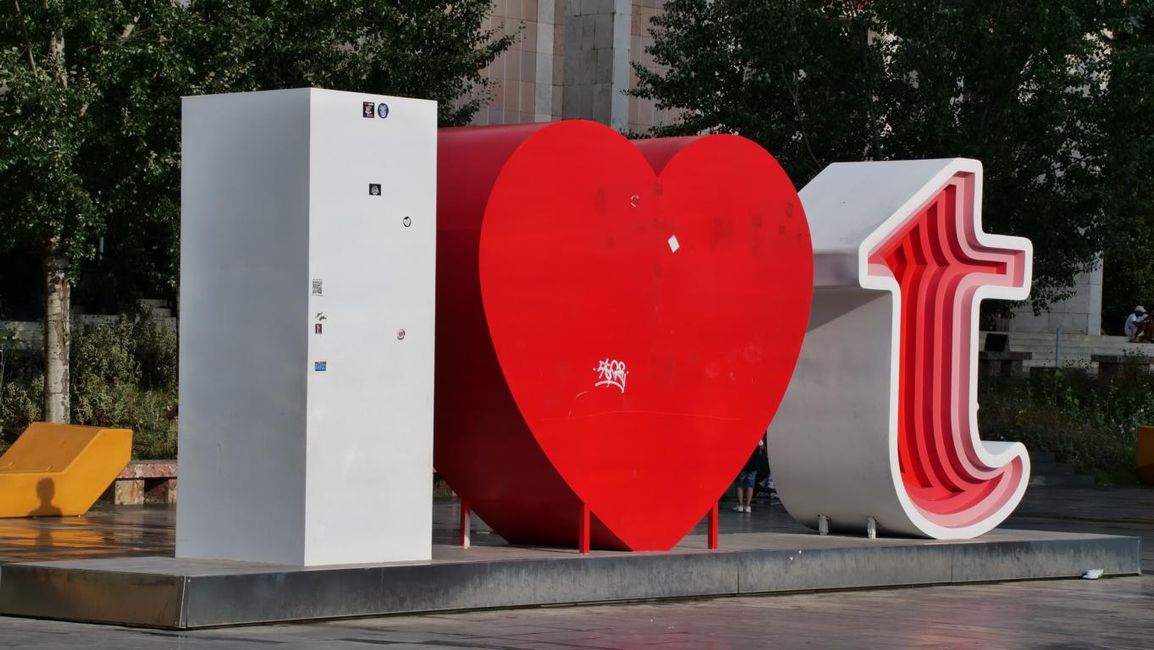
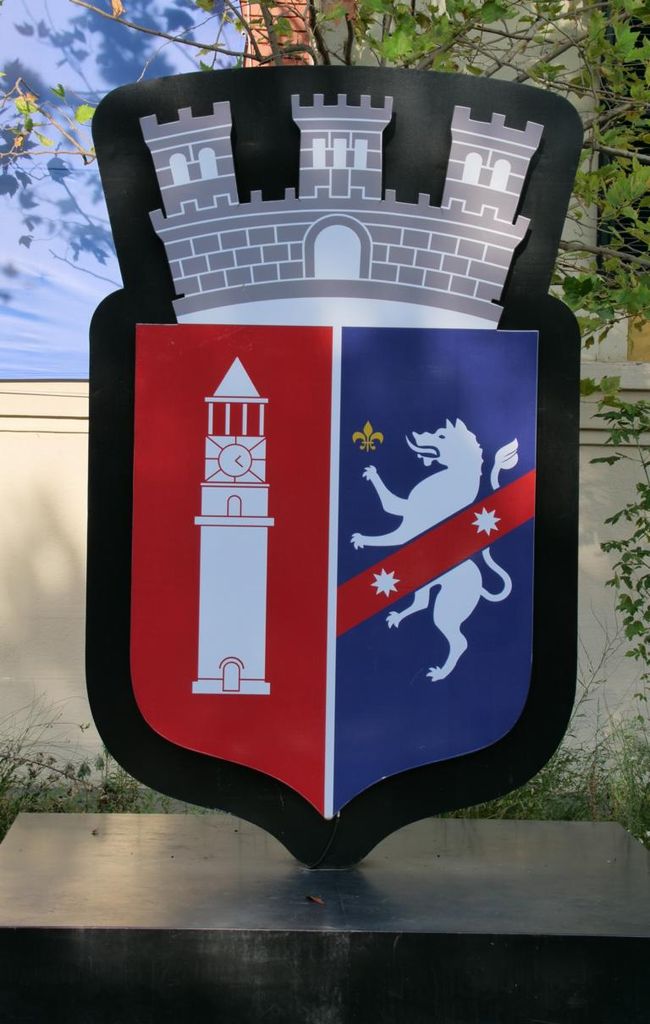
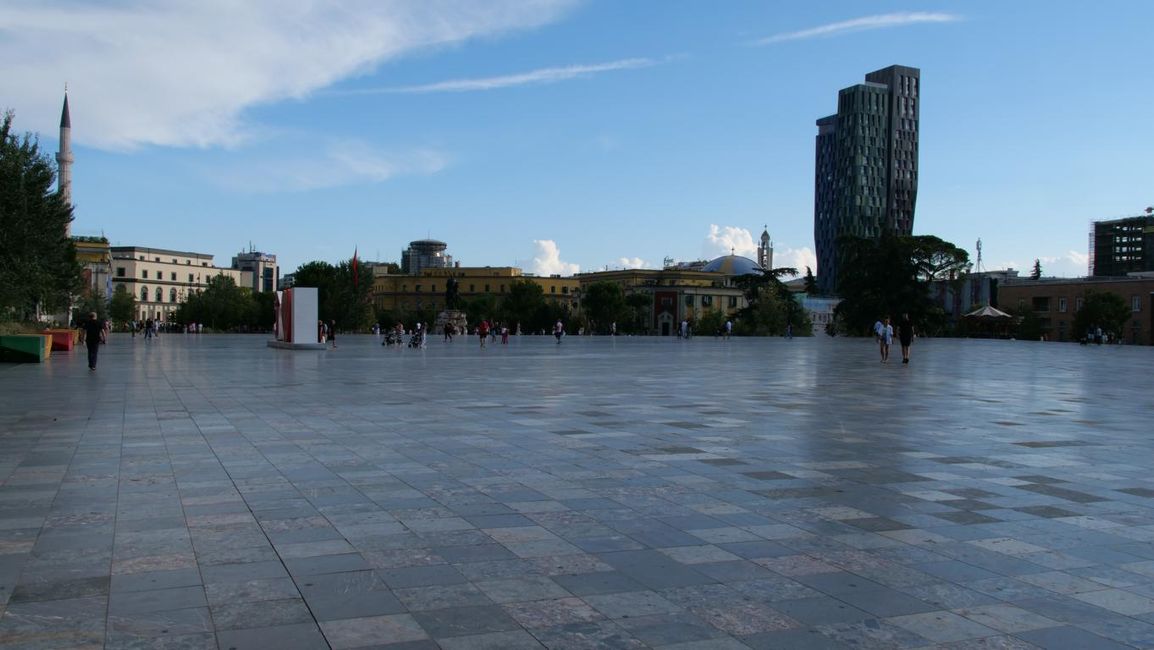
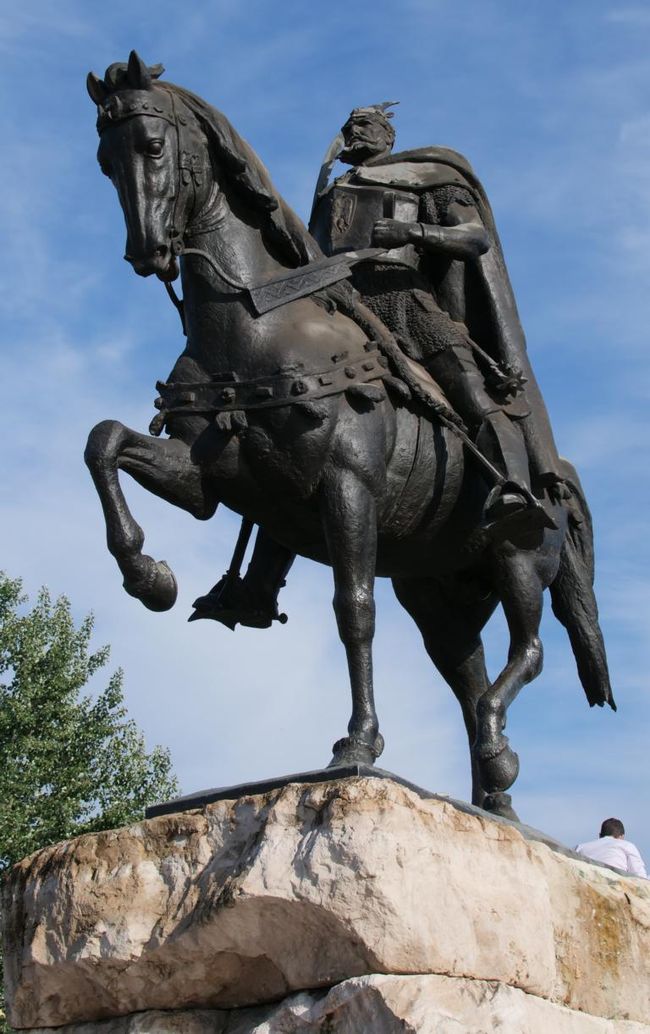
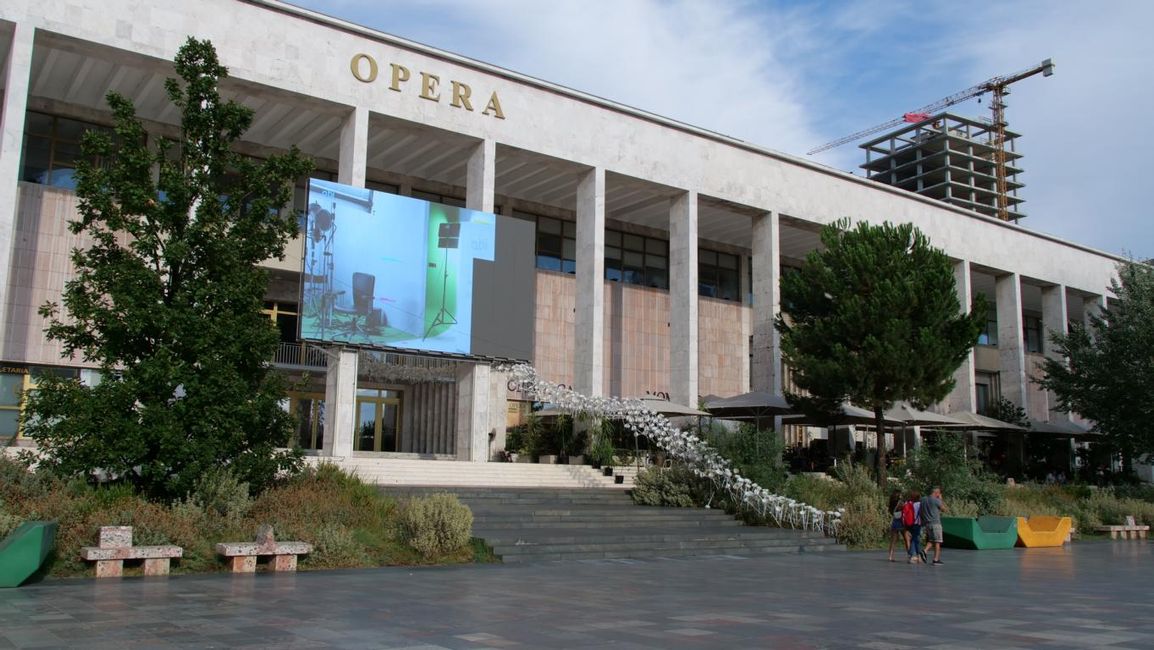
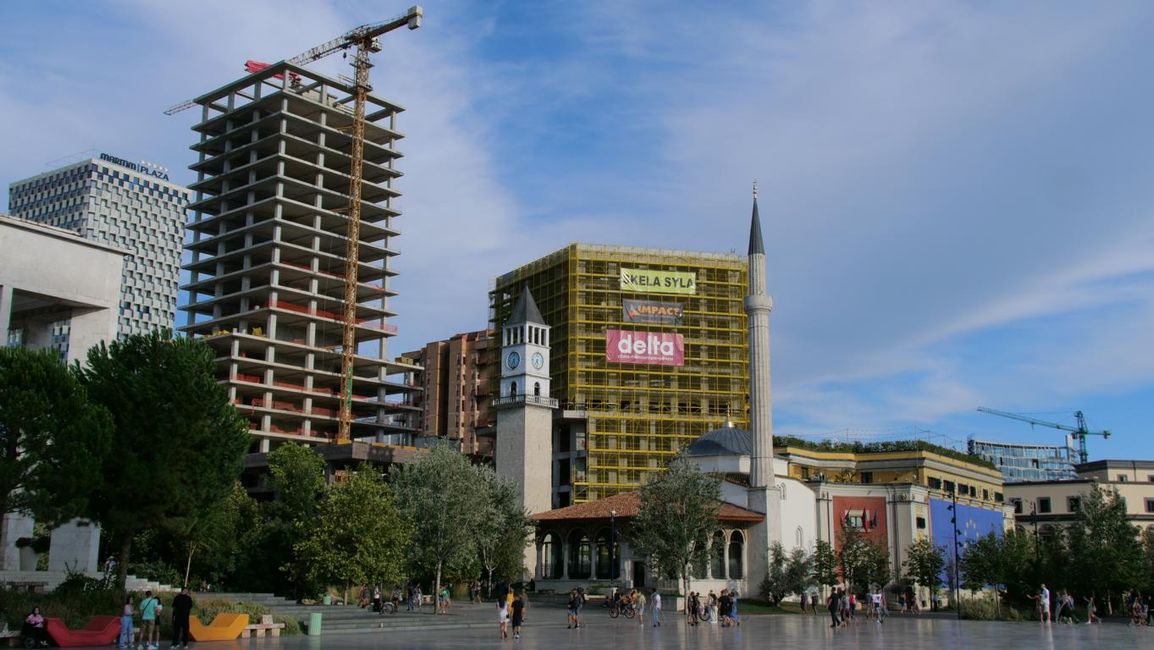
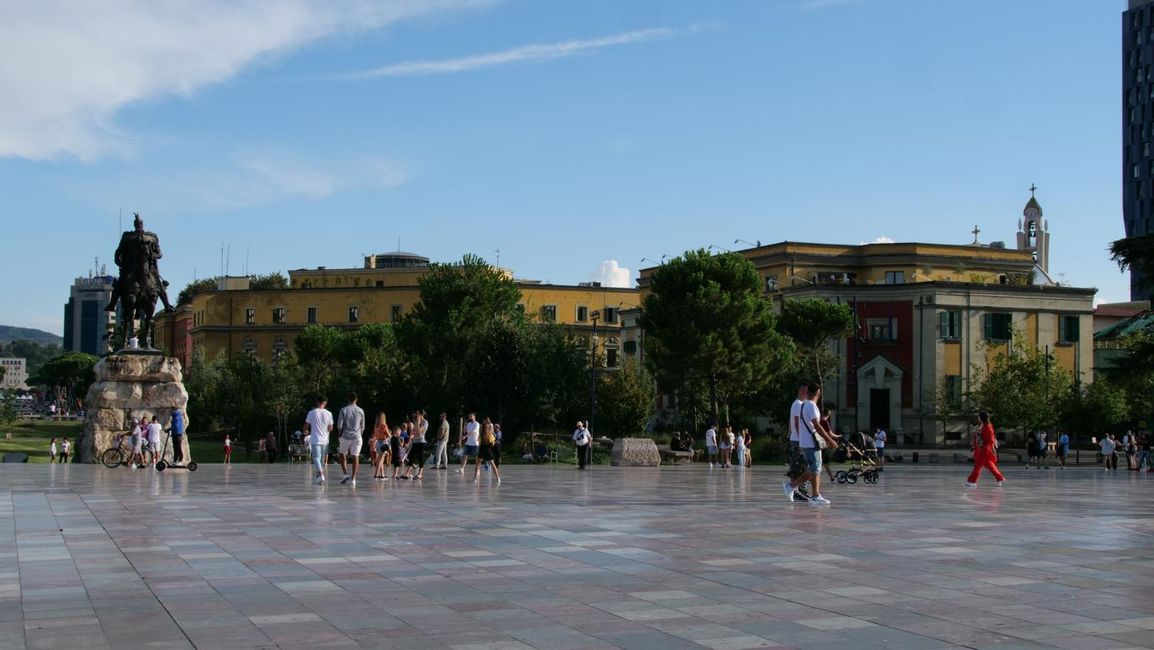
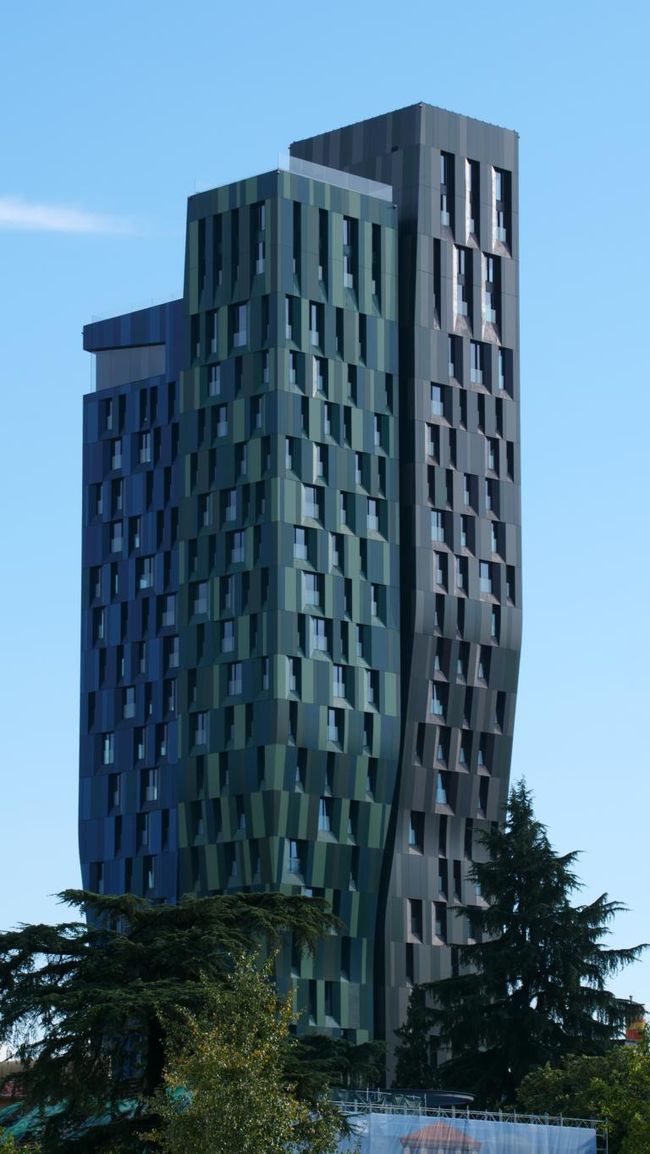
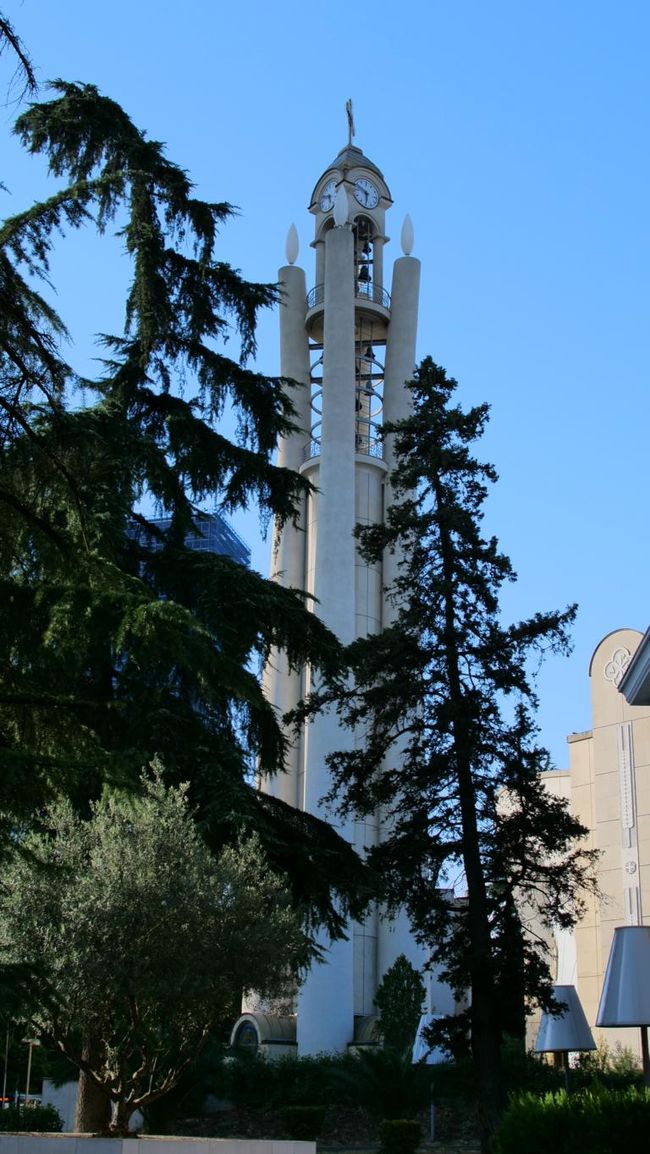
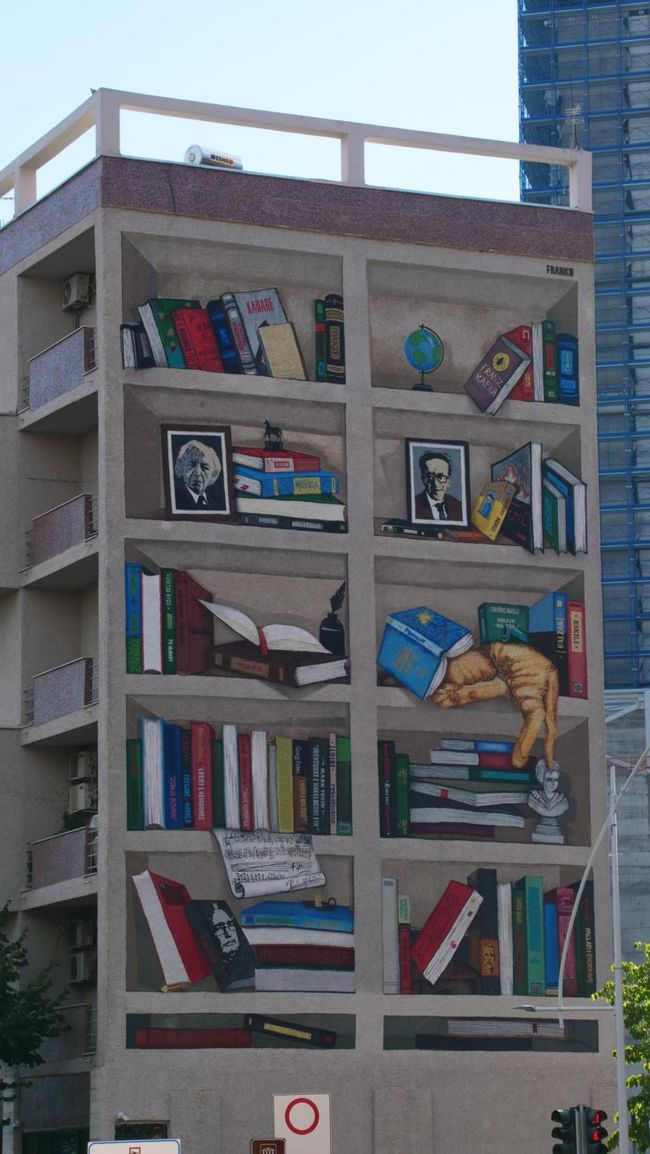
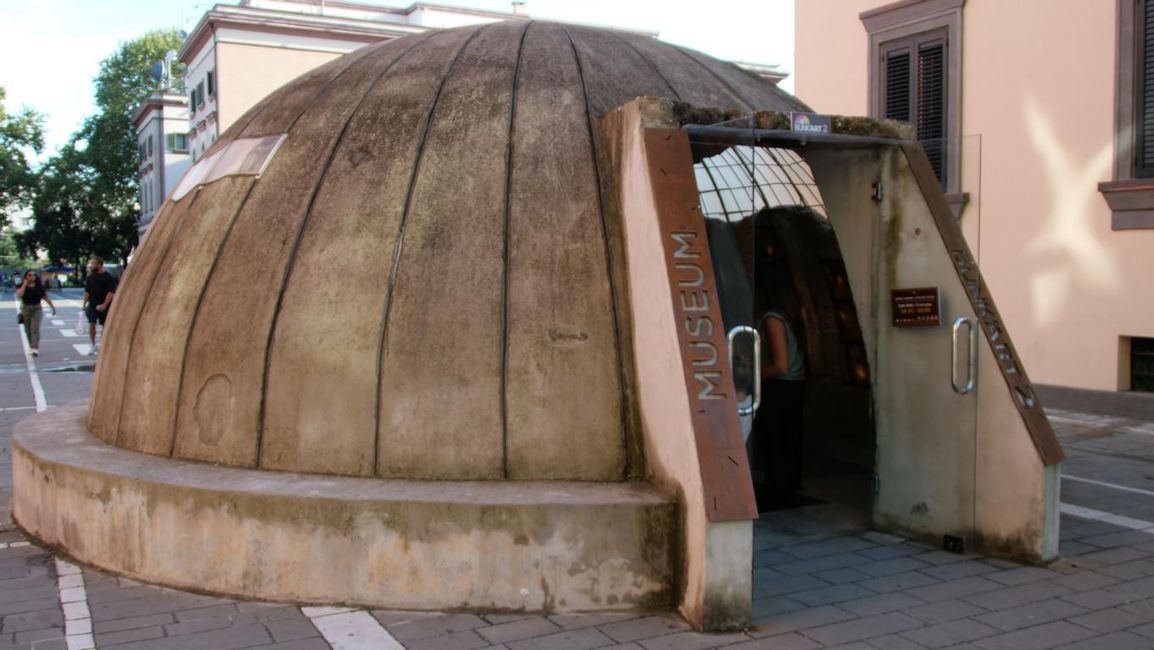
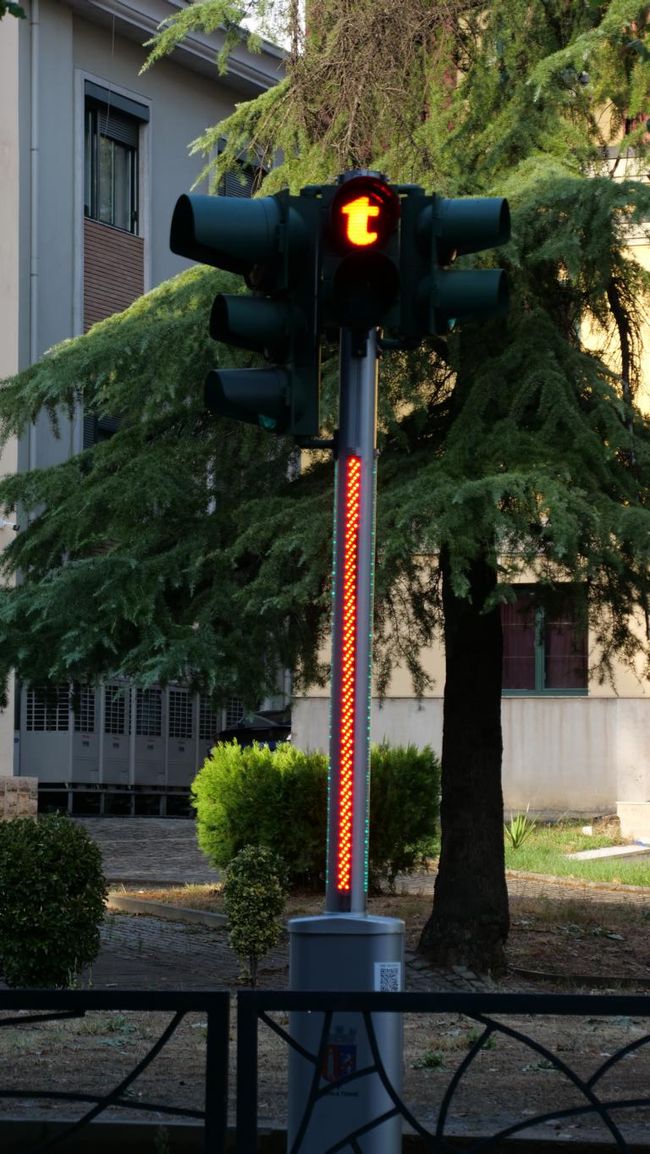
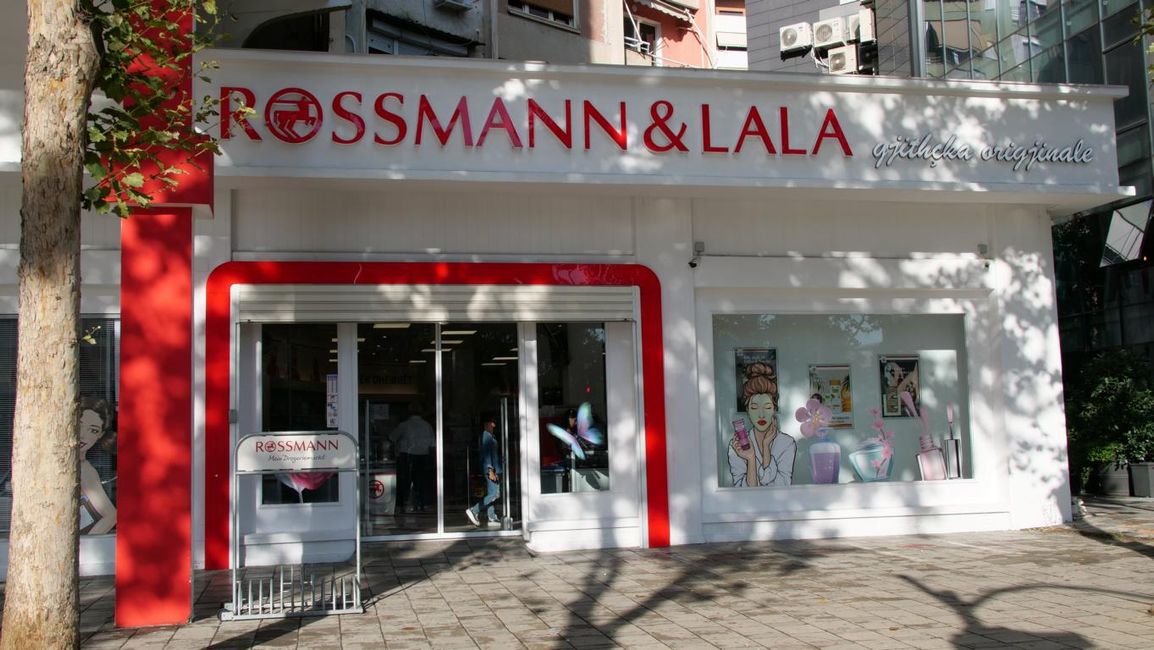
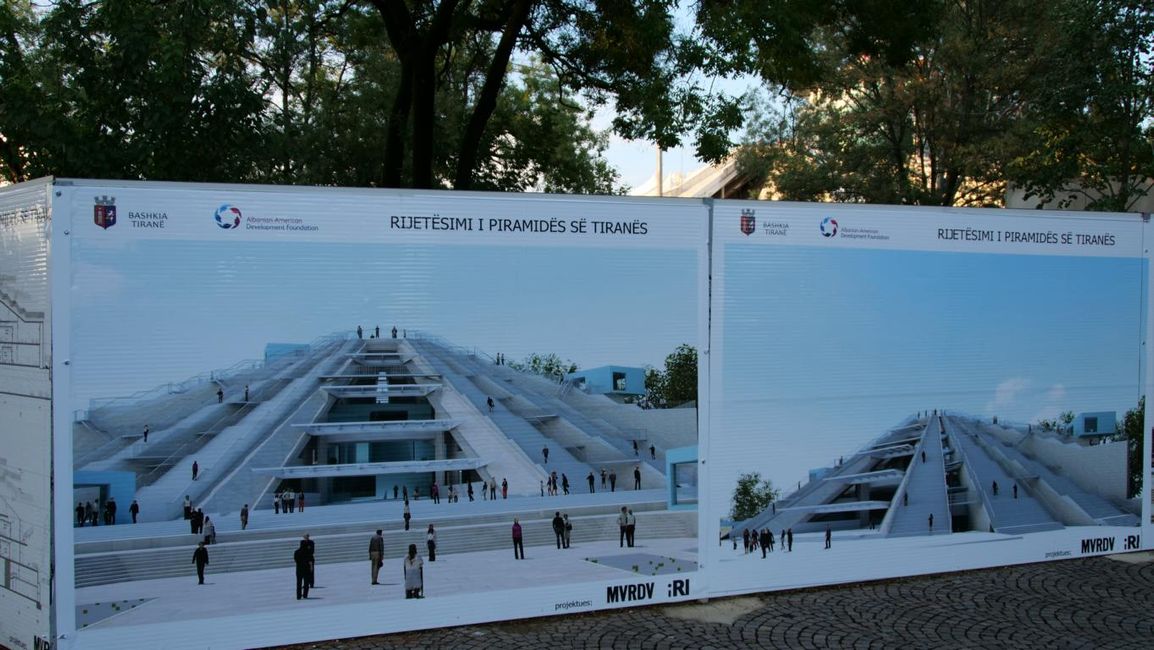
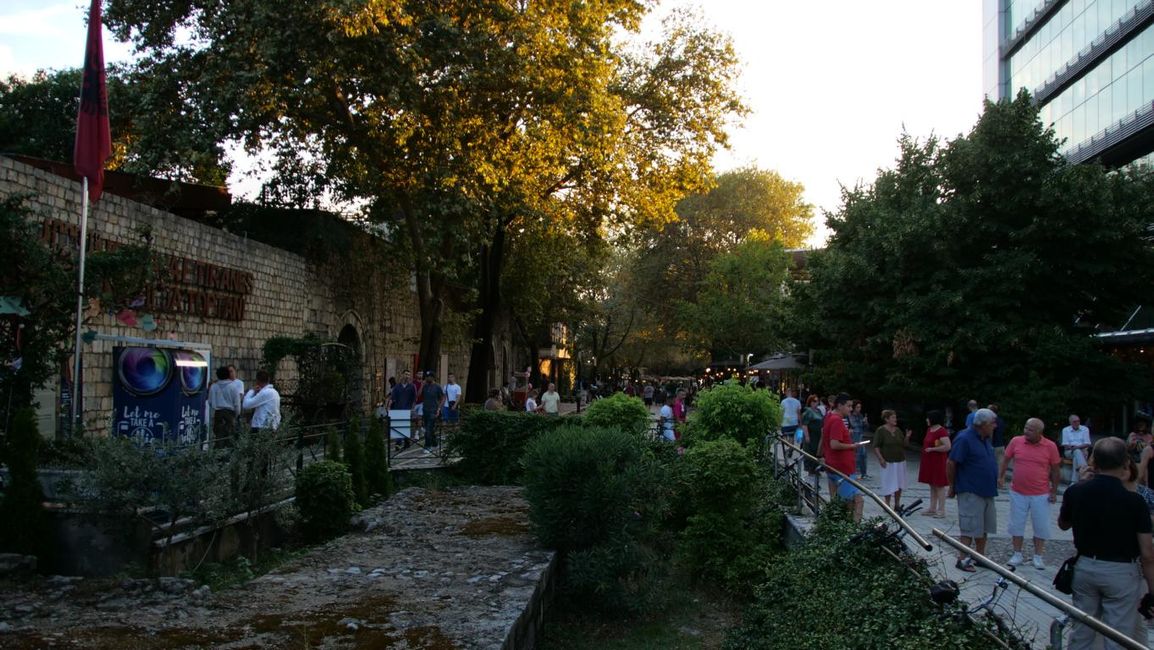
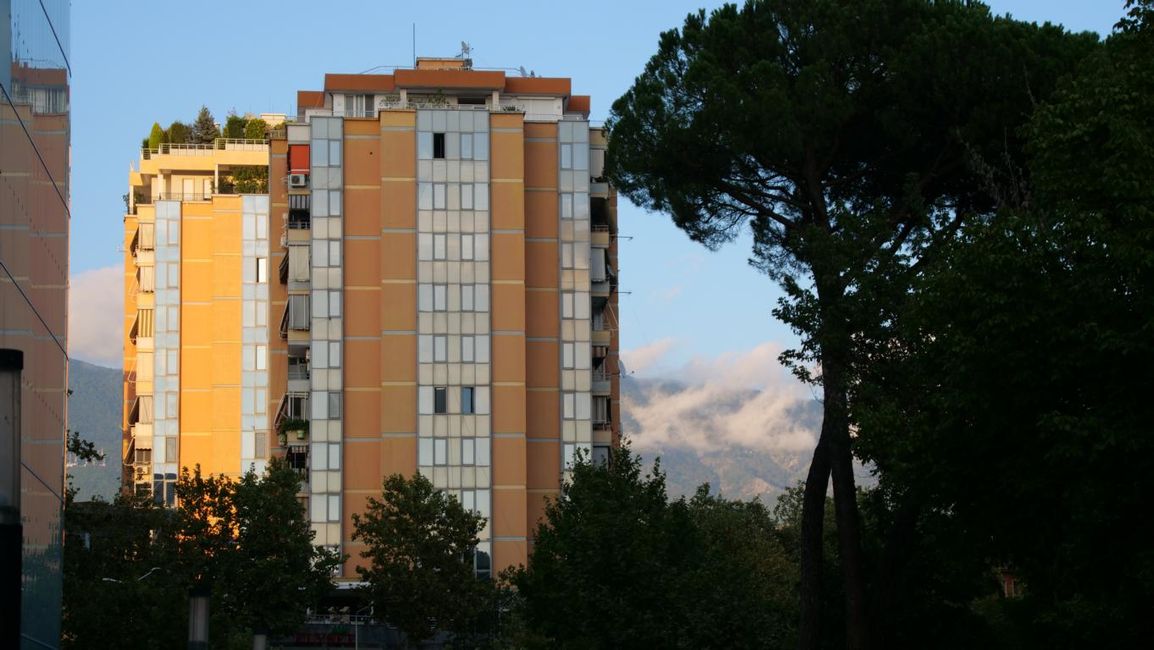
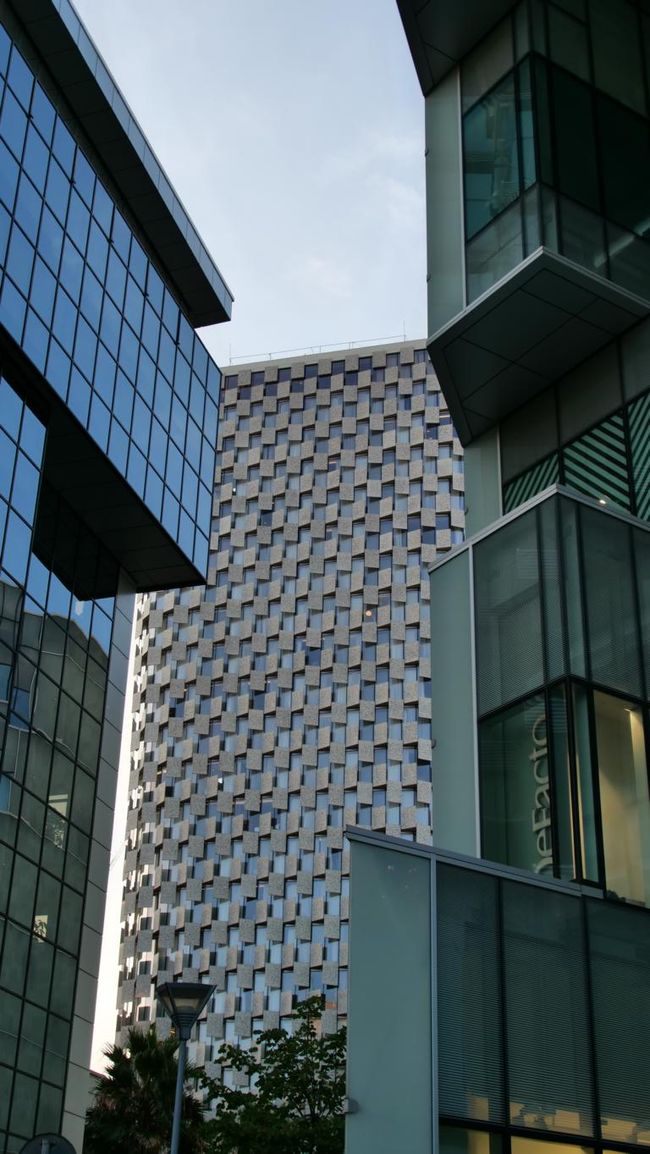
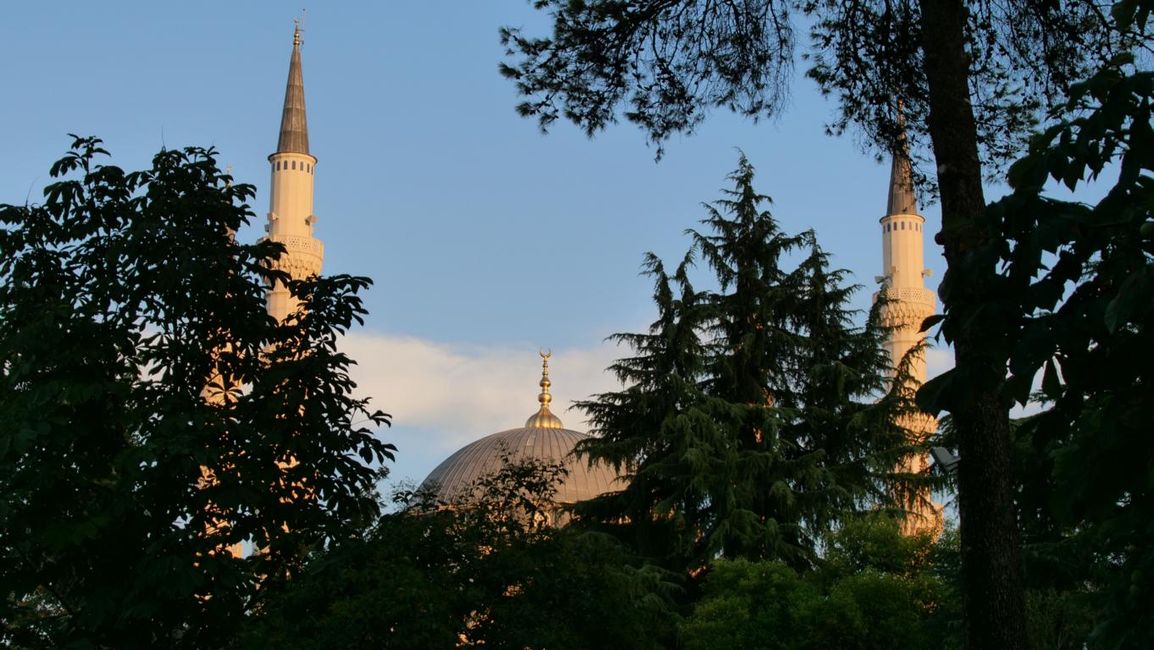
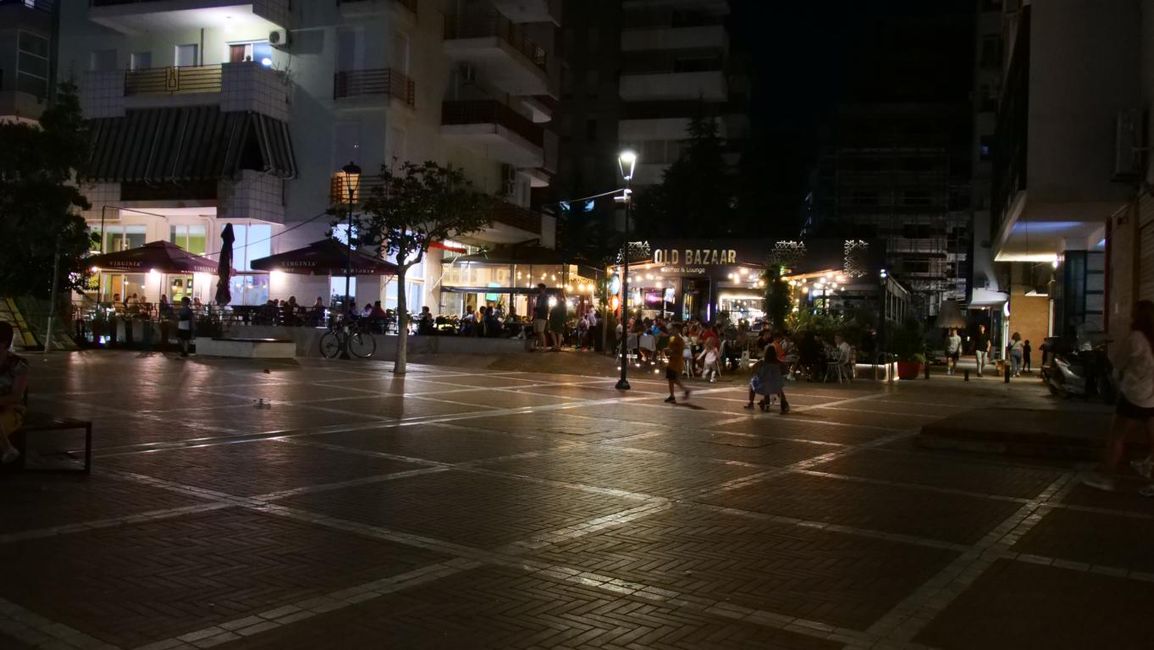
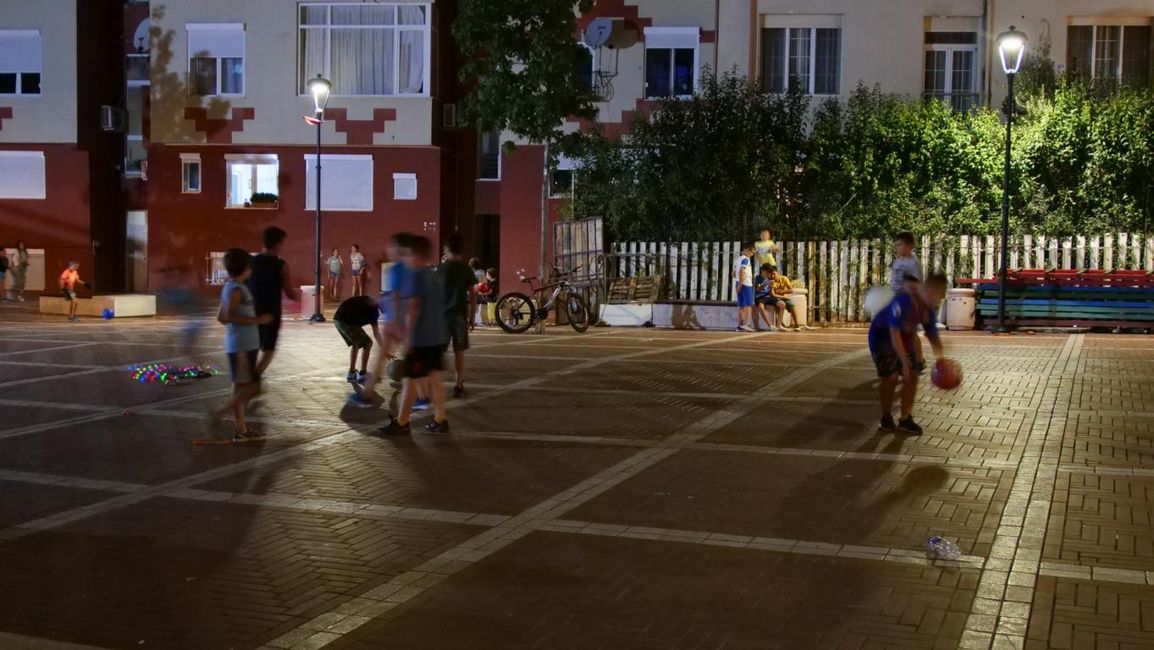
Мэдээллийн товхимолд бүртгүүлнэ үү
Today, we headed south. After about 20 minutes, we arrived at the border to Albania. After entering the country, it started raining. The rain eventually stopped, but the traffic increased and the roads became busier. Cars driving the wrong way in roundabouts, three people on a scooter, cycling and walking on the highway, running a red light - the Albanians don't take road traffic too seriously, and strangely, every fifth car had an Italian or German license plate. We spent about 3 hours on the road. Just before arriving in the capital of Albania, we made a detour to the fortress in Kruja. In the hustle and bustle of the small town, we eventually found a parking space and walked the last few meters to the fortress. halfway, it started raining again, and of course, I had unloaded the umbrella from my backpack in the morning because we hadn't needed it anywhere yet. What bad luck. We visited the fortress, which was the center of Skanderbeg's battles against the Ottoman Empire in the Middle Ages. Skanderbeg was a prince of the Albanian noble family of Kastrioti and a military commander. He is also known as the "Fighter of Christianity," "the new Alexander," "Lord of Albania," and is now honored by many as an Albanian national hero. It was a bit wet, but we could see far across the country from the highest point of the fortress. We walked back to the car, passing by the many small shops offering typical souvenirs. Then we continued our journey, having only a few kilometers left to our accommodation in Tirana, but it took a whole hour. We dropped off our luggage and set off on foot to explore the city. Within a few minutes, we were at Skanderbeg Square, named after the equestrian statue of the national hero standing here. Life takes place on this really huge square, and it houses the Tirana Opera, the Et'hem Bey Mosque, the National Historical Museum, and the Clock Tower - the city's main attraction. The tower was commissioned in 1822 and has been a cultural monument of Albania since 1948. The city is also known for its colorful architecture from the Ottoman, fascist, and Soviet times. We could already see some of the colorful houses from the main square, including various ministries. Not far away is the Bunk'Art 2 Museum. This is a unique museum that reflects Albanian history in an underground atomic bunker. Throughout the country, about 200,000 of these concrete mushrooms were built during the 40-year dictatorship of Enver Hoxha in socialist Albania. We also wanted to see the Pyramid of Tirana. However, it is currently fenced off and undergoing complete renovation. The pyramid was originally opened as the Enver Hoxha Museum, showcasing his life and influence on Albania's recent history. Now, the building is intended to become a blend of cultural and educational center for young people. We strolled through some parks and streets of the city, saw many construction sites, some buildings with the most modern architecture, and countless cafes and bars.
Мэдээллийн товхимолд бүртгүүлнэ үү
Хариулт (1)
Ute
Ja die deutsch und die Italiener 😂😂😂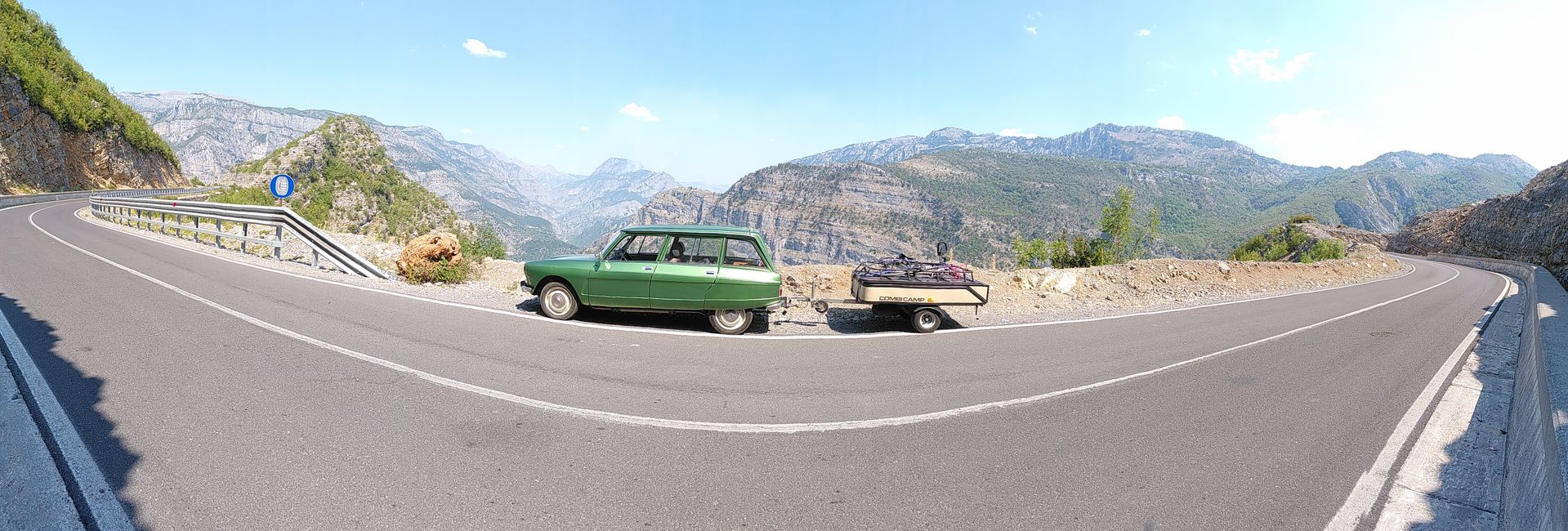
Албани аяллын тайлан
